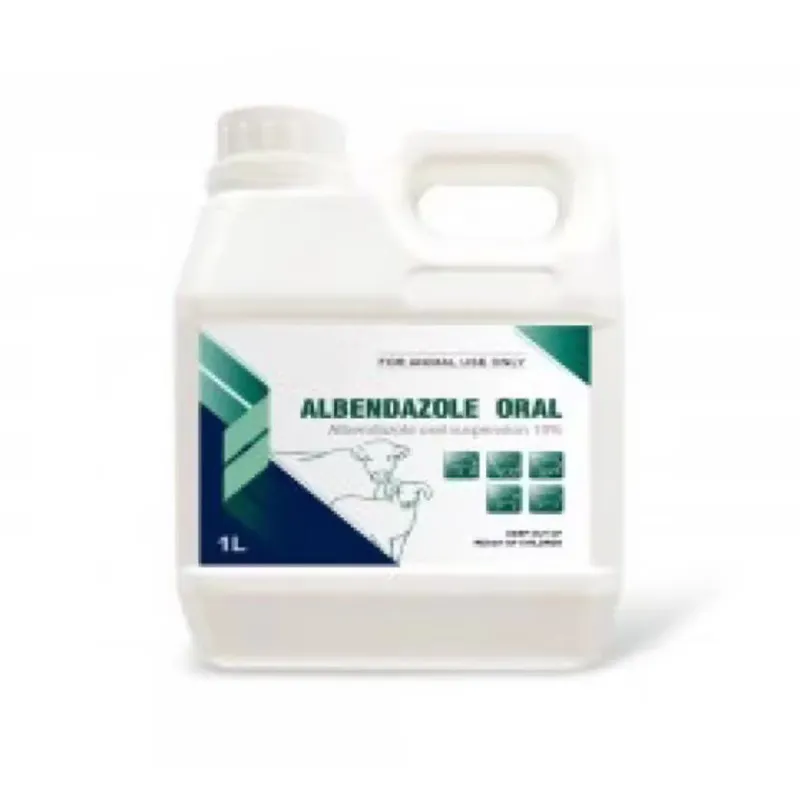- Afrikaans
- Albanian
- Amharic
- Arabic
- Armenian
- Azerbaijani
- Basque
- Belarusian
- Bengali
- Bosnian
- Bulgarian
- Catalan
- Cebuano
- Corsican
- Croatian
- Czech
- Danish
- Dutch
- English
- Esperanto
- Estonian
- Finnish
- French
- Frisian
- Galician
- Georgian
- German
- Greek
- Gujarati
- Haitian Creole
- hausa
- hawaiian
- Hebrew
- Hindi
- Miao
- Hungarian
- Icelandic
- igbo
- Indonesian
- irish
- Italian
- Japanese
- Javanese
- Kannada
- kazakh
- Khmer
- Rwandese
- Korean
- Kurdish
- Kyrgyz
- Lao
- Latin
- Latvian
- Lithuanian
- Luxembourgish
- Macedonian
- Malgashi
- Malay
- Malayalam
- Maltese
- Maori
- Marathi
- Mongolian
- Myanmar
- Nepali
- Norwegian
- Norwegian
- Occitan
- Pashto
- Persian
- Polish
- Portuguese
- Punjabi
- Romanian
- Russian
- Samoan
- Scottish Gaelic
- Serbian
- Sesotho
- Shona
- Sindhi
- Sinhala
- Slovak
- Slovenian
- Somali
- Spanish
- Sundanese
- Swahili
- Swedish
- Tagalog
- Tajik
- Tamil
- Tatar
- Telugu
- Thai
- Turkish
- Turkmen
- Ukrainian
- Urdu
- Uighur
- Uzbek
- Vietnamese
- Welsh
- Bantu
- Yiddish
- Yoruba
- Zulu
10 月 . 22, 2024 09:51 Back to list
Common Antibiotics Used in Veterinary Medicine for Animal Health Care
A Comprehensive Overview of Antibiotics in Veterinary Medicine
Antibiotics play a crucial role in veterinary medicine, combating bacterial infections in animals and ensuring their health and well-being. As in human medicine, antibiotics are categorized according to their spectrum of activity, mechanism of action, and chemical structure. This article aims to provide an overview of various antibiotics used in veterinary practice, their classifications, and important considerations in their use.
Classification of Antibiotics
Antibiotics in veterinary medicine can be classified into several groups, primarily based on their mechanism of action or chemical structure. The most common categories include
1. Beta-lactams This class includes penicillins and cephalosporins, which inhibit cell wall synthesis in bacteria. Beta-lactams are widely used due to their efficacy against a broad range of bacteria. For instance, amoxicillin is commonly prescribed for various infections in dogs and cats.
2. Tetracyclines Including drugs like doxycycline and oxytetracycline, tetracyclines inhibit protein synthesis. They are effective against a variety of bacteria, including some that are resistant to other antibiotics. Tetracyclines are often used to treat respiratory infections and tick-borne diseases in pets.
3. Macrolides This group, which includes erythromycin and azithromycin, is effective against Gram-positive bacteria and certain Gram-negative bacteria. Macrolides work by inhibiting bacterial protein synthesis and are particularly valuable in treating respiratory infections in animals.
4. Aminoglycosides Examples such as gentamicin and neomycin are effective against a range of Gram-negative bacteria. They disrupt protein synthesis and are often used for serious infections, although they require careful monitoring due to potential toxicity.
5. Sulfonamides These antibiotics inhibit bacterial growth by interfering with folic acid synthesis. Combinations of sulfonamides can enhance their efficacy and are typically used for infections in both companion animals and livestock.
list of antibiotics in veterinary medicine

6. Lincosamides Clindamycin is a prime example in this category, used for treating soft tissue infections and some dental diseases in pets. Lincosamides also inhibit protein synthesis and are effective against anaerobic bacteria.
Resistance and Responsible Use
One of the most pressing issues in both human and veterinary medicine is antibiotic resistance. The overuse and misuse of antibiotics have led to the emergence of resistant bacterial strains. In veterinary medicine, responsible use of antibiotics is crucial to mitigate this problem. Veterinarians must perform thorough evaluations before prescribing antibiotics, choosing them judiciously based on the type of infection, the species involved, and the likelihood of resistance.
Strategies to combat antibiotic resistance include implementing proper dosing guidelines, adhering to treatment duration recommendations, and, where appropriate, utilizing culture and sensitivity testing to tailor antibiotic choices to specific pathogens.
The Role of Veterinary Pharmacovigilance
Monitoring the effects of antibiotic use in animals is vital for ensuring both animal health and public safety. Veterinary pharmacovigilance involves the collection and analysis of information about adverse drug reactions and the effectiveness of antibiotics in veterinary settings. This program helps in identifying patterns of misuse and collects data to support the development of regulations aimed at preserving the efficacy of existing antibiotics.
Conclusion
Antibiotics remain indispensable tools in veterinary medicine, crucial for treating bacterial infections in animals. A diverse range of antibiotics is available, each with unique characteristics and mechanisms of action. However, the rise of antibiotic resistance poses significant challenges, underscoring the need for responsible use of these medications. By adhering to best practices and promoting veterinary pharmacovigilance, the veterinary community can help ensure that antibiotics continue to be effective in safeguarding animal health for generations to come. As we move forward, ongoing education, research, and collaboration among veterinarians, pet owners, and regulatory bodies will be vital in addressing the complexities surrounding antibiotic use in veterinary medicine.
-
The Power of Radix Isatidis Extract for Your Health and Wellness
NewsOct.29,2024
-
Neomycin Sulfate Soluble Powder: A Versatile Solution for Pet Health
NewsOct.29,2024
-
Lincomycin Hydrochloride Soluble Powder – The Essential Solution
NewsOct.29,2024
-
Garamycin Gentamicin Sulfate for Effective Infection Control
NewsOct.29,2024
-
Doxycycline Hyclate Soluble Powder: Your Antibiotic Needs
NewsOct.29,2024
-
Tilmicosin Premix: The Ultimate Solution for Poultry Health
NewsOct.29,2024













